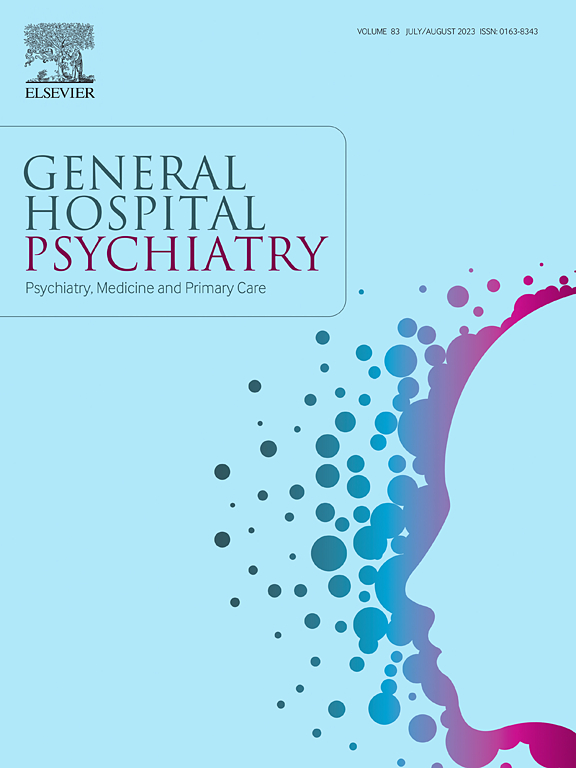ramelteon使用与跌倒和骨折相关:一项系统回顾和荟萃分析。
IF 3.7
2区 医学
Q1 PSYCHIATRY
引用次数: 0
摘要
催眠药与跌倒和骨折的风险增加有关。然而,大多数评估ramelteon与这些结果之间关系的研究都是单中心的,缺乏全面的分析。我们的目的是评估ramelteon使用与跌倒和骨折风险之间的关系。方法:我们通过PubMed、Cochrane中央对照试验注册库、国际临床试验注册平台和ClinicalTrials.gov,系统地在医学文献分析和在线检索系统中检索“ramelteon”一词。2025年1月7日。采用基于Sidik-Jonkman方法的随机效应模型,对检索到的研究进行偏倚风险评估,分析ramelteon使用与跌倒或骨折之间的关系,并使用I2统计量分析研究间异质性。对7项观察性研究和3项随机对照试验进行meta分析。结果:Ramelteon的使用与跌倒风险的增加没有显著相关(优势比:1.26;95%可信区间:0.83-1.92;I2 = 0%)。骨折分析显示ramelteon使用的潜在风险增加(风险比:3.29;95%可信区间:0.53-20.45;I2 = 0%),尽管这没有统计学意义。结论:无论研究设计如何,Ramelteon与跌倒或骨折风险的统计学显著增加无关。本文章由计算机程序翻译,如有差异,请以英文原文为准。
Falls and fractures associated with ramelteon use: A systematic review and meta-analysis
Introduction
Hypnotics are associated with increased risk of falls and fractures. However, most studies evaluating the association between ramelteon, and these outcomes, are single-center and lack comprehensive analysis. We aimed to evaluate the association between ramelteon use and the risk of falls and fractures.
Methods
We systematically searched for the term “ramelteon” in the Medical Literature Analysis and Retrieval System Online via PubMed, Cochrane Central Register of Controlled Trials, International Clinical Trials Registry Platform, and ClinicalTrials.gov. in January 7, 2025. Retrieved studies were assessed for risk of bias and analyzed for the association between ramelteon use and falls or fractures using a random-effects model based on the Sidik–Jonkman method, as well as inter-study heterogeneity using the I2 statistic. Meta-analyses were conducted on seven observational studies and three randomized controlled trials.
Results
Ramelteon use was not significantly associated with an increased fall risk (odds ratio: 1.26; 95 % confidence interval: 0.83–1.92; I2 = 0 %). Analysis of fractures showed a potential increased risk with ramelteon use (risk ratio: 3.29; 95 % confidence interval: 0.53–20.45; I2 = 0 %), although this was not statistically significant.
Conclusion
Ramelteon was not associated with a statistically significant increase in the risk of falls or fractures, regardless of the study design.
求助全文
通过发布文献求助,成功后即可免费获取论文全文。
去求助
来源期刊

General hospital psychiatry
医学-精神病学
CiteScore
9.60
自引率
2.90%
发文量
125
审稿时长
20 days
期刊介绍:
General Hospital Psychiatry explores the many linkages among psychiatry, medicine, and primary care. In emphasizing a biopsychosocial approach to illness and health, the journal provides a forum for professionals with clinical, academic, and research interests in psychiatry''s role in the mainstream of medicine.
 求助内容:
求助内容: 应助结果提醒方式:
应助结果提醒方式:


